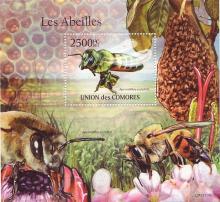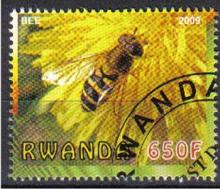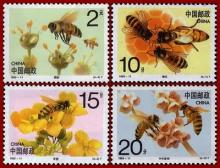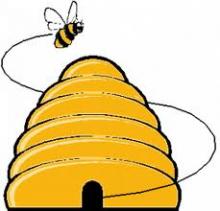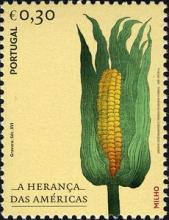Investigadores recreant colapso apícola con jarabe de maíz con pesticida
Científicos de la escuela de salud pública de Harvard (HSPH) han recreado el misterioso desorden del colapso de las colonias de abejas en muchos panales simplemente dándole pequeñas dosis de un pesticida popular, imidacloprid. Las poblaciones de abejas han estado muriendo misteriosamente a través de Norteamérica y Europa desde 2006, pero la causa tras la reducción poblacional, conocida como el “desorden del colapso de las colonias”, ha eludido a los científicos. Sin embargo, inmediatamente después de dos estudios publicados la semana pasada en Science en los que vinculan las reducciones de poblaciones de abejas a pesticidas nonicotinoideos, uno de los cuales es imidacloprid, se ha publicado un nuevo estudio que adiciona más evidencia según la cual la principal causa del “desorden del colapso de las colonias” no son enfermedades ni parásitos, sino pesticidas que empezaron a usarse ampliamente en la década de 1990.

